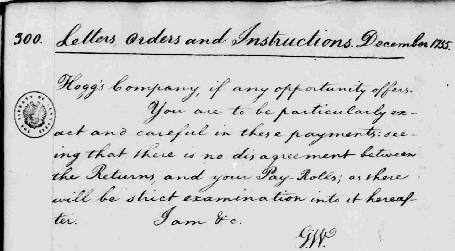
|

|
|
Example page from the George Washington collection.
|
Screenshot of the line retrieval demo system.
|

|

|
|
Example page from the George Washington collection.
|
Screenshot of the line retrieval demo system.
|
 Line retrieval: small collection of 20
pages total. This collection was automatically segmented into
words. A manually corrected version of this dataset with
high-quality segmentation information can be found on the CIIR
download page
(click on Word Image Data Sets).
Line retrieval: small collection of 20
pages total. This collection was automatically segmented into
words. A manually corrected version of this dataset with
high-quality segmentation information can be found on the CIIR
download page
(click on Word Image Data Sets). Try me first!
Page retrieval using probabilistic
annotation: large collection of 1000 pages, fast query response.
Try me first!
Page retrieval using probabilistic
annotation: large collection of 1000 pages, fast query response.
 Page retrieval using Kullback-Leibler
scoring (will be available later): 1000 pages; the collection is
searched in realtime, resulting in a query response time of about 50
seconds.
Page retrieval using Kullback-Leibler
scoring (will be available later): 1000 pages; the collection is
searched in realtime, resulting in a query response time of about 50
seconds.
  |